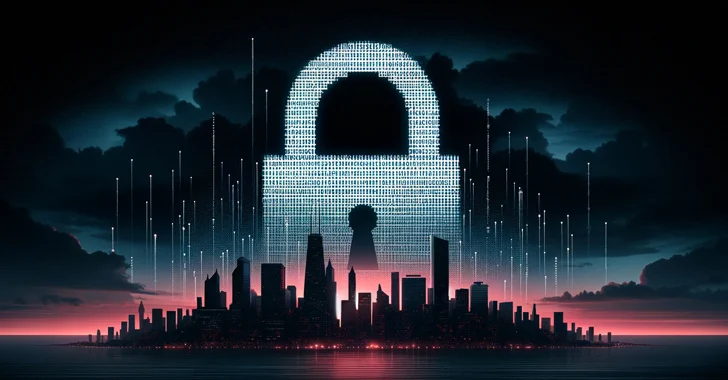Phobos Ransomware Aggressively Targeting U.S. Critical Infrastructure
U.S. cybersecurity and intelligence agencies have warned of Phobos ransomware attacks targeting government and critical infrastructure entities, outlining the various tactics and techniques the threat actors have adopted to deploy the file-encrypting malware.
“Structured as a ransomware as a service (RaaS) model, Phobos ransomware actors have targeted entities including municipal and county governments, emergency services, education, public healthcare, and critical infrastructure to successfully ransom several million in U.S. dollars,” the government said.
The advisory comes from the U.S. Cybersecurity and Infrastructure Security Agency (CISA), the Federal Bureau of Investigation (FBI), and the Multi-State Information Sharing and Analysis Center (MS-ISAC).
Active since May 2019, multiple variants of Phobos ransomware have been identified to date, namely Eking, Eight, Elbie, Devos, Faust, and Backmydata. Late last year, Cisco Talos revealed that the threat actors behind the 8Base ransomware are leveraging a Phobos ransomware variant to conduct their financially motivated attacks.
There is evidence to suggest that Phobos is likely closely managed by a central authority, which controls the ransomware’s private decryption key.
Attack chains involving the ransomware strain have typically leveraged phishing as an initial access vector to drop stealthy payloads like SmokeLoader. Alternatively, vulnerable networks are breached by hunting for exposed RDP services and exploiting them by means of a brute-force attack.
A successful digital break-in is followed by the threat actors dropping additional remote access tools, taking advantage of process injection techniques to execute malicious code and evade detection, and making Windows Registry modifications to maintain persistence within compromised environments.
“Additionally, Phobos actors have been observed using built-in Windows API functions to steal tokens, bypass access controls, and create new processes to escalate privileges by leveraging the SeDebugPrivilege process,” the agencies said. “Phobos actors attempt to authenticate using cached password hashes on victim machines until they reach domain administrator access.”
The e-crime…



